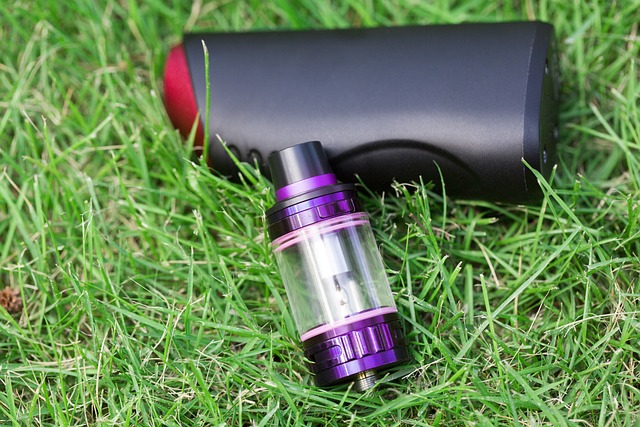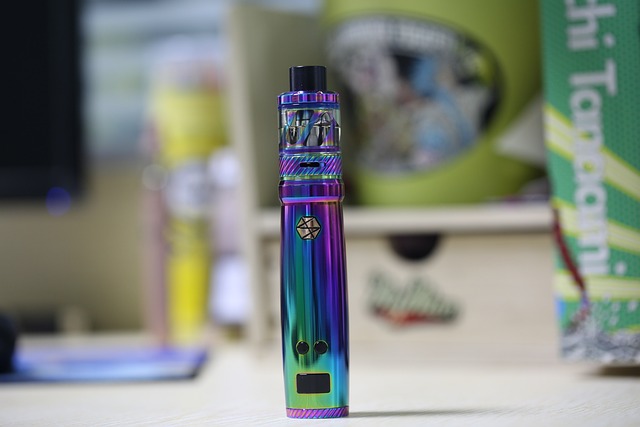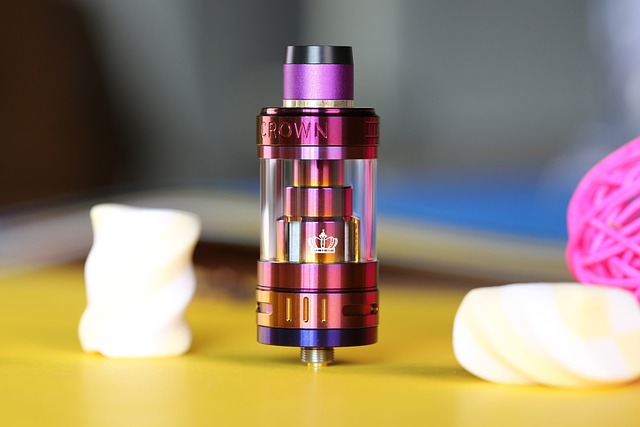body {
font-family: Arial, sans-serif;
line-height: 1.6;
margin: 0;
padding: 0 15px;
}
h2 {
color: 2c3e50;
}
table {
width: 100%;
border-collapse: collapse;
margin: 20px 0;
}
table, th, td {
border: 1px solid ddd;
}
th, td {
padding: 10px;
text-align: center;
}
tr:nth-child(even) {
background-color: f9f9f9;
}
tr:nth-child(odd) {
background-color: fff;
}
th {
background-color: 34495e;
color: white;
}
.center {
text-align: center;
}
.highlight {
font-weight: bold;
color: e74c3c;
}
Why Avail Vapor’s Closure Matters To The Vaping Community
The sudden closure of Avail Vapor, one of the leading vaping chains in the United States, has sent shockwaves throughout the vaping community. Beyond being a mere business shutdown, the closure symbolizes deeper issues and challenges within the vaping ecosystem—challenges ranging from evolving regulatory landscapes to shifting consumer perceptions. For vapers and industry stakeholders alike, the ripple effects are impossible to ignore. This article explores why Avail Vapor’s demise is significant and what it means for the broader vaping industry.
The Legacy of Avail Vapor
Established as a prominent player in the vaping industry, Avail Vapor stood out not just for its commitment to quality but also for providing a customer-centric experience. The company earned a reputation for offering a broad selection of e-liquids, high-quality devices, and personalized services that set the bar for many smaller retailers.
At its peak, Avail Vapor operated stores across numerous states, becoming a go-to brand for both novice and seasoned vapers. Its innovation extended to proprietary product lines and a deep understanding of market trends. For many, Avail Vapor was more than a store—it was a hub for connecting and learning about vaping culture.
The Regulatory Pressure
One major factor contributing to Avail Vapor’s closure is the increasingly restrictive regulatory environment. Federal agencies like the Food and Drug Administration (FDA) have intensified crackdowns on the vaping sector, targeting flavored products and imposing stricter standards for manufacturing and distribution.
For instance, in 2016, the FDA began requiring vaping companies to submit detailed premarket tobacco applications (PMTAs). Navigating this complex and costly process proved challenging even for established brands like Avail Vapor. Regulatory hurdles created an uneven playing field, favoring larger corporations with deeper financial reserves over smaller businesses.
Shifting Consumer Trends
Over the last few years, the vaping industry has faced a notable shift in consumer behavior. According to surveys, younger demographics are increasingly drawn to disposable e-cigarettes that offer convenience and affordability. These trends may have undercut traditional vape shops like Avail Vapor, which primarily focused on reusable devices and premium e-liquids.
Additionally, growing health concerns and public media campaigns warning about vaping risks have led to a decline in new adopters. As the vaping community grapples with these challenges, businesses struggle to find alternative strategies to stay competitive.
Economic Fallout for the Vaping Community
The closure of Avail Vapor represents a significant economic blow to the vaping community. Not only have loyal customers lost a trusted supplier, but employees also face job losses and uncertain futures. Local economies have been indirectly impacted, particularly in areas where Avail Vapor stores were key contributors to small business ecosystems.
Below is a comparison of Avail Vapor with similar businesses that managed to adapt successfully:
| Business Name | Focus Area | Response to Regulations | Current Status |
|---|---|---|---|
| Avail Vapor | Premium Devices & Custom E-Liquids | Struggled with PMTA Costs | Closed |
| Juul Labs | Compact Pod Systems | Invested Heavily in Compliance | Active |
| VaporFi | Retail & Online Distribution | Diversified Product Lines | Active |

What Happens to Loyal Vapers?
One of the most immediate questions arising from Avail Vapor’s closure is: “Where do loyal customers go now?” For many, the company was a trusted source of high-quality vaping products, and finding an equivalent replacement may prove challenging. Smaller, independent vape shops may step in to fill the void, but the question remains whether they can match Avail’s scale and expertise.
Additionally, former Avail patrons may be forced to turn to less regulated online vendors, raising concerns over product safety and quality assurance. The closure underscores the need for ongoing consumer education and a robust, regulated market.
Are We Seeing the End of Brick-and-Mortar Vape Shops?
The decline of Avail Vapor begs another critical question: Is the era of physical vape shops coming to an end? As more consumers turn to online alternatives for convenience, traditional retail outlets are struggling to stay relevant. The ongoing shift towards digital purchasing threatens to alienate customers who value the hands-on and personalized experience provided by brick-and-mortar stores.

However, some argue the opposite could be true. The closure of larger chains may create room for independent retailers to thrive. These smaller businesses, often more agile and community-focused, may be better equipped to adapt to changing consumer preferences.
Question and Answer Section
Why did Avail Vapor close despite its strong market presence?
Avail Vapor faced a perfect storm of challenges, including heightened regulatory pressures, a shift in consumer preferences, and rising operational costs. The FDA’s PMTA requirements in particular became a significant financial and logistical burden. Additionally, increased competition from disposable pod devices eroded its customer base.
How does this closure impact smaller vape businesses?
For smaller vape shops, Avail Vapor’s closure could present an opportunity to capture new customers. However, these businesses also face similar regulatory challenges, and without effective adaptation strategies, they too risk closure. On the bright side, community-oriented shops may better cater to localized markets.
What can vapers do to support trusted retailers?
Vapers can support their favorite vape shops by shopping locally whenever possible, advocating for sensible vaping regulations, and staying informed about the origins and quality of the products they use. Building a robust, educated consumer base is essential for the survival of trusted vendors.





